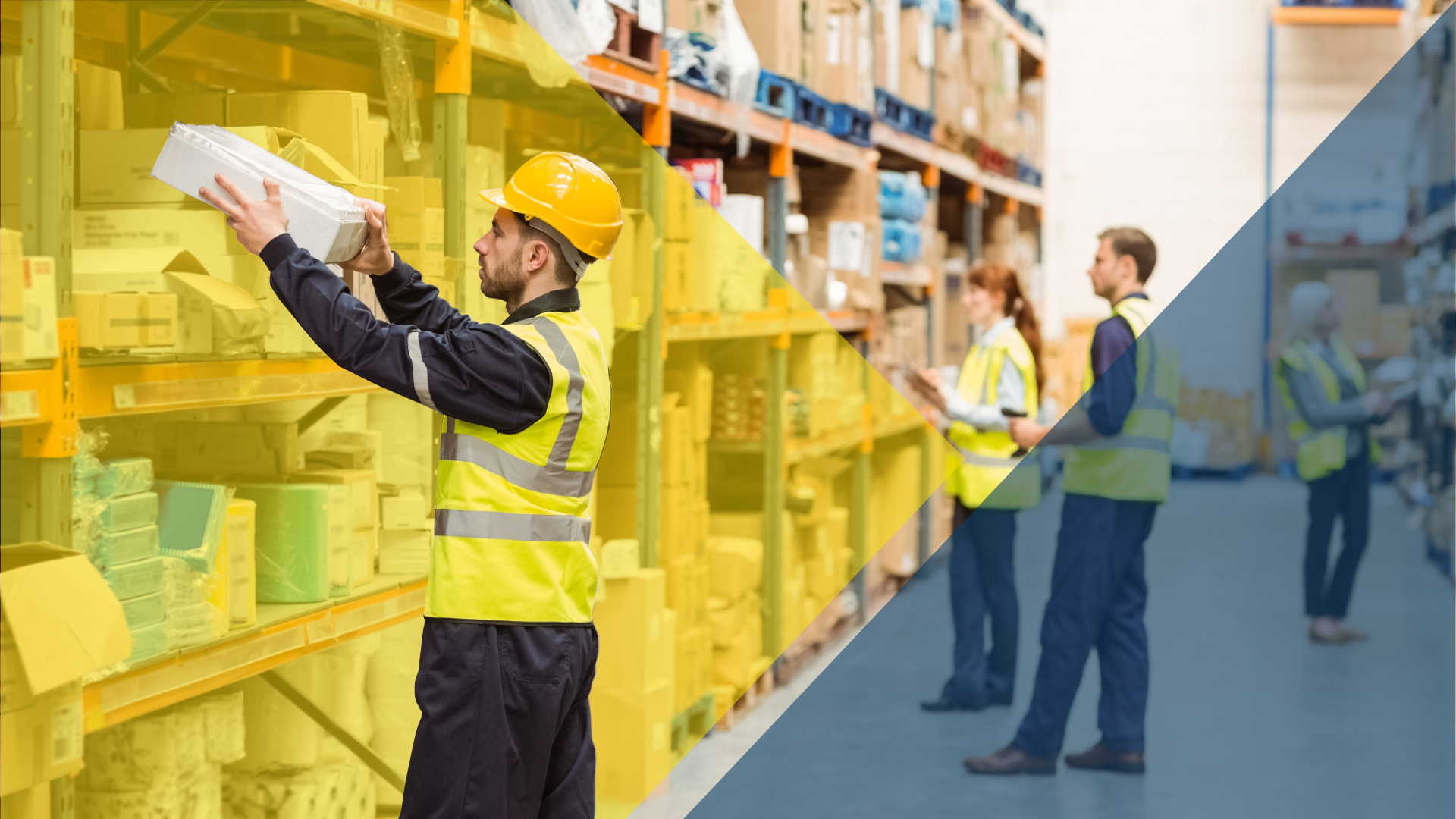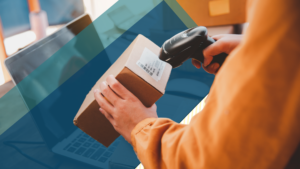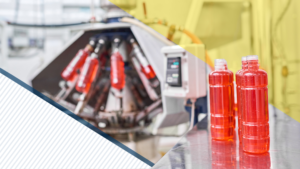Ecommerce fulfillment lies at the heart of the modern digital marketplace. In this ever-evolving landscape, ecommerce fulfillment has become the crucial operation that bridges the gap between online shopping carts and doorstep deliveries. From warehousing and inventory management to order processing and last mile delivery, it’s designed to ensure products arrive to consumers fast and efficiently. By understanding the intricacies of ecommerce fulfillment, you not only have the opportunity to gain a competitive advantage over competitors, but you also will have an insight to the future of logistics in an ever increasing digital world.
What Is Ecommerce Fulfillment?
Ecommerce fulfillment refers to the process of receiving, processing, picking, packing, and shipping customer orders for products that are sold online. This operation ensures that products ordered by online shoppers are accurately and efficiently prepared for delivery to the customer’s specified address.
What Are The Different Ecommerce Fulfillment Methods?
E-commerce businesses can choose from various fulfillment methods, each with its own advantages and considerations. The choice of fulfillment method depends on factors such as the size of the business, the nature of the products sold, order volume, budget, and operational preferences. Here are the main fulfillment methods used by ecommerce businesses:
In-House Fulfillment
In-house fulfillment involves the ecommerce business handling all operations internally. This includes everything from warehousing and inventory management, to the final shipping of products to consumers.
Pros:
- Control: Ecommerce businesses have full control over the entire fulfillment process, from inventory management to packing and shipping. This control allows for greater customization and adaptability to meet specific customer needs.
- Quality Assurance: Businesses can directly oversee the quality of packing and shipping, reducing the risk of errors and ensuring that customers receive their orders in good condition.
Cons:
- Resource Intensive: Managing fulfillment in-house requires significant resources, including warehouse space, personnel, and technology investments, which can be a financial burden for smaller businesses.
- Geographical Limitations: In-house fulfillment may limit the geographical reach of a business, as shipping costs and delivery times can be prohibitive for reaching distant or international customers.

Third-Party Fulfillment
Third-party logistics providers (3PLs) are specialized companies that help ecommerce businesses by being an all in one fulfillment partner. All your fulfillment operations will be outsourced, allowing for your company to focus on its core competencies.
Pros:
- Expertise: 3PL providers are specialists in logistics and fulfillment, which means they have the knowledge and experience to optimize the entire process efficiently.
- Scalability: 3PL services can easily scale to accommodate increased order volumes during peak seasons or business growth, without the need for substantial infrastructure investments.
Cons:
- Loss of Control: Ecommerce businesses relinquish some control over the fulfillment process, which can be a concern if quality and brand consistency are critical.
- Costs: While 3PL services can be cost-effective, there are fees associated with using a third-party provider, and these costs can add up, especially for smaller businesses with lower order volumes.
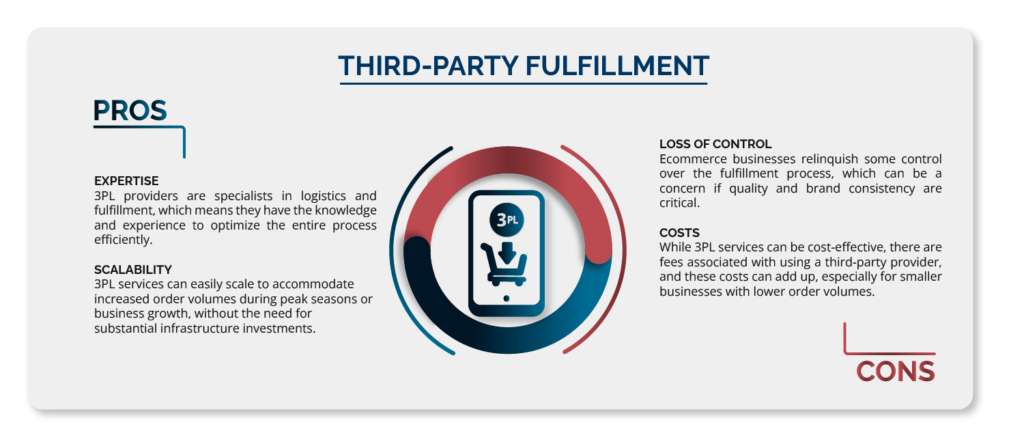
Dropshipping
Dropshipping is a completely hands off order fulfillment approach. In fact, you never handle any of the product yourself, it’s instead manufactured, stored, and shipped by the same third party company.
Pros:
- Low Startup Costs: One of the biggest advantages of dropshipping is that it requires minimal upfront investment compared to traditional retail businesses. You don’t need to purchase or store inventory.
- Scalability: It’s relatively easy to scale your dropshipping business as you can add new products and suppliers without the logistical challenges of managing inventory.
Cons:
- Lack Of Control: There is often no way to directly see the products as they are manufactured and distributed, so your third-party supplier must be heavily relied on to quality control the products they produce. This lack of control extends to fulfillment and delivery of the product and can result in parts of an order being forgotten.
- Inventory Issues: Because you don’t hold physical inventory, it can be difficult to know how much stock is ultimately available at a given time. Which can lead to long wait times and unhappy customers.
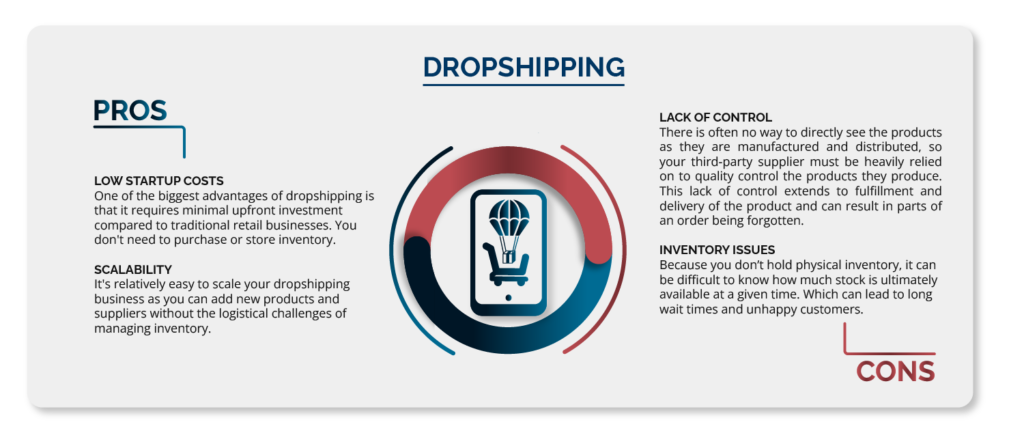
Fulfillment By Amazon (FBA)
FBA is a program offered by Amazon where e-commerce businesses store their products in Amazon’s fulfillment centers. Amazon handles picking, packing, and shipping of orders, as well as customer service and returns.
Pros:
- Amazon’s Logistics: FBA leverages Amazon’s efficient logistics network, allowing for faster shipping and reliable delivery, which can result in higher customer satisfaction and fewer shipping-related issues.
- Multi-Channel Fulfillment: FBA can be used for fulfilling orders from other e-commerce platforms, not just Amazon, streamlining operations for sellers who sell on multiple platforms.
Cons:
- Fees: FBA charges fees for storage, order fulfillment, and other services, which can cut into your profit margins, especially for low-margin products.
- Limited Control: Sellers have less control over the fulfillment process, including packaging and shipping speed, which can impact the customer experience.

Hybrid Fulfillment
Some ecommerce businesses may opt for a combination of fulfillment models to optimize their operations. For example, a company may combine in-house and 3PL fulfillment. They manage their core products in-house to maintain control and quality. Simultaneously, they use a 3PL for seasonal or overflow inventory to handle surges in demand cost-effectively.
Pros:
- Scalability: Businesses can easily scale their operations up or down based on seasonal demand or business growth by leveraging 3PL providers for additional capacity.
- Control: Maintaining in-house fulfillment for core products or critical processes provides greater control over quality, packaging, and customer experience.
Cons:
- Complexity: Managing both in-house and 3PL fulfillment can be complex, requiring effective coordination and communication between the two channels.
- Cost Management: Balancing costs between in-house and 3PL services can be challenging. Overreliance on 3PL providers may increase costs, while relying too heavily on in-house fulfillment can limit cost savings.
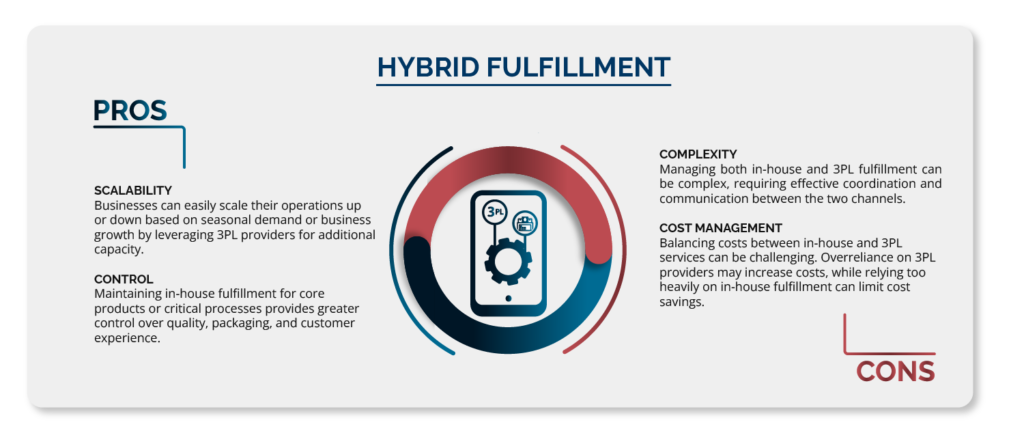
What is the Ecommerce Fulfillment Process?
Understanding the key parts of the ecommerce fulfillment process can make for efficient and smooth operations every time. And regardless of the fulfillment method you choose, it’s vital to understand how your products are reaching the end consumer. Here’s a breakdown of the key steps involved:
- Receiving and Inventory Management: This begins with the arrival of products at a fulfillment center or warehouse. Items are received, checked for accuracy and quality, and then added to the inventory system. Inventory levels are continuously monitored to ensure products are in stock.
- Order Processing: When a customer places an order on the e-commerce website, the order details are transmitted to the fulfillment center. The fulfillment team reviews the order, verifies payment, and prepares to pick the items from the warehouse.
- Picking: Ordered products are retrieved from the warehouse shelves. This can be done manually by warehouse staff or with the assistance of automation technologies like conveyor systems or robots.
- Packing: Once the items are picked, they are carefully packed into shipping boxes or packages. Packaging materials are chosen to protect the products during transit and ensure a positive unboxing experience for the customer.
- Shipping: The packages are then handed off to a shipping carrier for delivery to the customer’s address. E-commerce businesses may offer various shipping options, including standard, expedited, or international shipping, depending on customer preferences.
- Returns and Customer Service: E-commerce fulfillment also includes managing returns and addressing customer inquiries or issues related to orders. This may involve processing returns, issuing refunds or exchanges, and providing support to customers through various communication channels.
Why is Ecommerce Fulfillment So Important?
Reliable and efficient fulfillment services are the backbone of a successful ecommerce business. However, when product deliveries fall short of customer expectations or items arrive damaged, it can deal a significant blow to the reputation and growth of any company.
The speed at which customers receive their orders can often be the deciding factor in making or breaking a sale. The state of shipping report from 2022 further proves this point, revealing that:
- 64% of shoppers expect orders with free shipping to arrive within three business days.
- A staggering 56% of abandoned shopping carts are linked to concerns about delivery.
Other reasons why order fulfillment is a vital operation for ecommerce businesses include:
- Brand Reputation: Efficient order fulfillment contributes significantly to a positive brand reputation. Happy customers are more inclined to leave good reviews and recommend the business to others. Conversely, order errors or delays can tarnish a brand’s image, leading to negative feedback.
- Repeat Business: Customers that had a great initial experience are more likely to become loyal, repeat customers. By consistently delivering orders on time and accurately, businesses can foster customer loyalty and encourage repeat purchases.
- Competitive Advantage: In today’s greatly competitive e-commerce landscape, quick reliable order fulfillment can differentiate a business from its rivals. It becomes a defining factor that attracts and retains customers.
- Inventory Management: Effective order fulfillment aids businesses in efficiently managing their inventory. It enables them to monitor product levels, mitigate issues of overstocking and understocking, and make informed decisions about restocking and product assortment.
- Cost Efficiency: Streamlined order fulfillment processes translate into cost savings. It reduces errors, minimizes shipping expenses, and optimizes labor and warehouse space utilization.
- Reduced Returns: Accurate order fulfillment helps reduce the number of returns stemming from incorrect or damaged items, saving businesses both time and money associated with return processing.
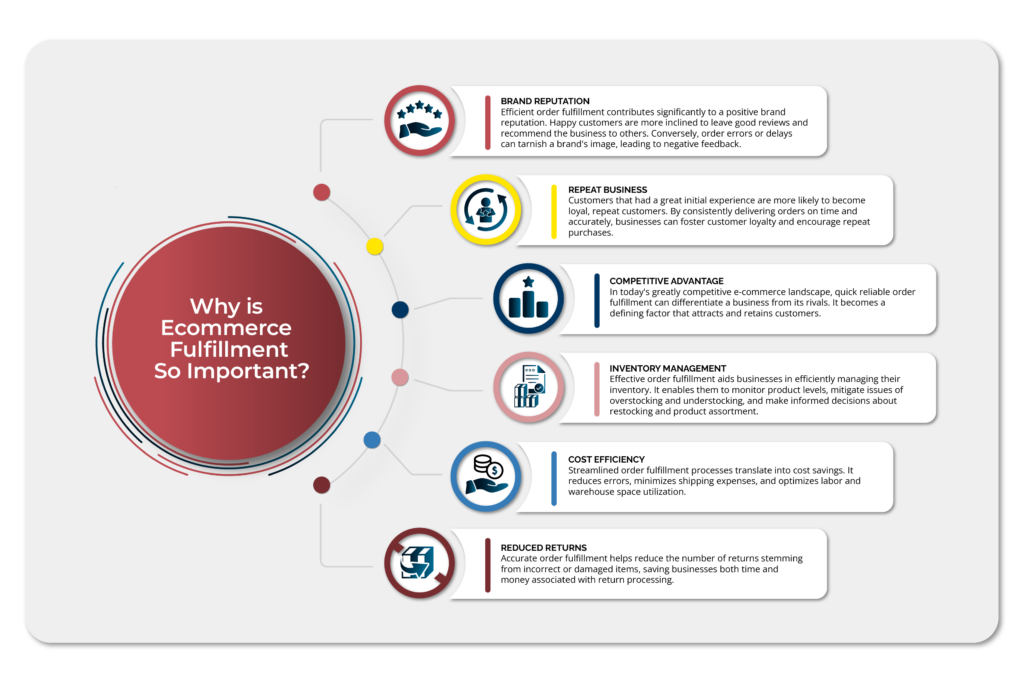
The Future of Ecommerce Fulfillment
The future of ecommerce fulfillment looks to be very innovative and transformative. With consumer expectations continuously evolving, businesses look to new technology and strategies to stay competitive in their niche. A common trend that is ever approaching is the integration of automation and advanced robots in the fulfillment process. Automated picking and packing systems, delivery drones, and collaborative robots are just a few of the new technologies being leveraged to improve efficiency, speed, and cost-effectiveness in fulfillment centers around the world.
In addition to the technological advancements, sustainability in the supply chain process is becoming a major concern. The supply chain accounts for more than 90% of most consumer goods companies’ environmental impact, and with consumers becoming more aware of the impact of their purchases, changes have to be made. We can expect to see a large increase of sustainable fulfillment practices in the years to come.
Ecommerce Fulfillment Trends
- Automation and Robotics: Integrating automation and advanced robotics into fulfillment centers is quickly becoming popular which is further supported by the growth of “smart warehouses” with a compound annual growth rate (CAGR) of 11.5%.
- Same-Day & On-Demand Delivery: Consumers are constantly expecting faster delivery options. Because of this, more ecommerce companies have started to invest in innovative last-mile delivery solutions to provide same-day or even quicker delivery services. Leveraging technology like drones or autonomous vehicles is becoming increasingly popular to get consumers their products faster.
- Sustainability and Green Fulfillment: Environmentally conscious fulfillment practices are becoming increasingly popular. Things like sustainable packaging, reducing waste, and more energy-efficient fulfillment centers are just a few of the ways companies are looking to reduce their environmental impact.
- Artificial Intelligence (AI): Artificial intelligence is being leveraged in almost every industry nowadays. However, using AI and machine learning in the supply chain are super exciting. Using them to optimize inventory management, demand forecasting, and route planning can help reduce costs and enhance customer satisfaction altogether.
Choosing the Right Ecommerce Fulfillment Model For Your Business
Choosing the right e-commerce fulfillment model for your company is a critical decision that depends on various factors unique to your business. To choose the right e-commerce fulfillment model:
- Assess Your Needs: Evaluate your business’s specifics like product type, order volume, budget, and growth projections.
- Analyze Products: Consider product characteristics for suitability with each model. Are they perishable, fragile, or bulky? Do they require specialized handling or storage conditions? Some products may be better suited for certain fulfillment models.
- Consider scalability: Can your chosen fulfillment model accommodate your business as it scales? Ensure the model can adapt to increased order volumes and changing needs.
- Consider shipping destinations: If you serve a global customer base, you may need a fulfillment model with international capabilities.
- Consider your tech capabilities: Evaluate whether you have the infrastructure and technology to manage fulfillment in-house or if you need to rely on 3PLs or fulfillment software.
When To Avoid Outsourcing Ecommerce Fulfillment
While outsourcing order fulfillment can be very valuable for many ecommerce businesses, it’s important to know when outsourcing may not make the most sense. Here are a few reasons why you may consider avoiding outsourcing:
- Highly Specialized or Customized Products: If your products require unique handling, customization, or are highly specialized, third-party logistics (3PL) providers may struggle to accommodate these requirements. 3PLs excel with standardized products that can fit into their established processes.
- Seasonal or Fluctuating Demand: When your business experiences significant demand fluctuations throughout the year, committing to a 3PL with fixed costs can be inefficient and costly during slow periods. In-house fulfillment offers more flexibility.
- Unique Storage Requirements: For products that demand special storage and handling, outsourcing fulfillment may not be suitable. Fulfillment centers offer various services, but they cannot drastically modify their warehouse environment for a single merchant’s unique product needs.
Work With Nautical – Your Full-Service Ecommerce Fulfillment Partner
For businesses looking to outsource their ecommerce fulfillment, Nautical is a great option when it comes to 3PL providers. By collaborating with some of the country’s largest retailers, we offer a comprehensive set of multi-process service-based fulfillment capabilities that extend beyond a usual 3PL partner. These capabilities include pallet in/pallet out, kitting & assembly, product customization, inventory management, shipping optimization, technology integrations, and more. No matter what your products are, or where they need to go, Nautical has a custom supply chain solution waiting for you.
Ecommerce Fulfillment FAQ
How does Ecommerce Fulfillment work?
Ecommerce Fulfillment involves receiving customer orders, picking products from inventory, packing them securely, and then shipping them to customers. This process ensures that online orders are accurately processed and delivered to customers’ doorsteps.
How does Ecommerce Fulfillment Differ from Traditional Retail Fulfillment?
Ecommerce Fulfillment primarily serves online sales channels, manages inventory across multiple online platforms, and individually ships products to customers. Traditional retail fulfillment, on the other hand, focuses on physical store sales and centralized inventory in stores for in-store purchase.
What is the Difference Between Ecommerce and Fulfillment?
Ecommerce refers to the online sale of products and the marketing of those products online. Fulfillment, on the other hand, is the process of packing and shipping those online orders to customers. In essence, ecommerce is about selling, while fulfillment is about delivering the sold products to customers.
What Is A Fulfillment Partner?
A fulfillment partner is a third-party that processes and fulfills orders for eCommerce companies. They specialize in professional, expert eCommerce fulfillment, handling tasks like order picking, packing, and shipping for timely delivery to customers. This partnership allows online retailers to focus on their core business while relying on the fulfillment partner for efficient order processing and logistics support.
